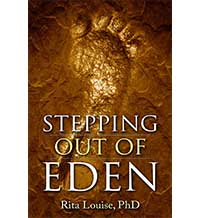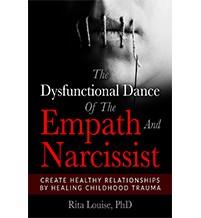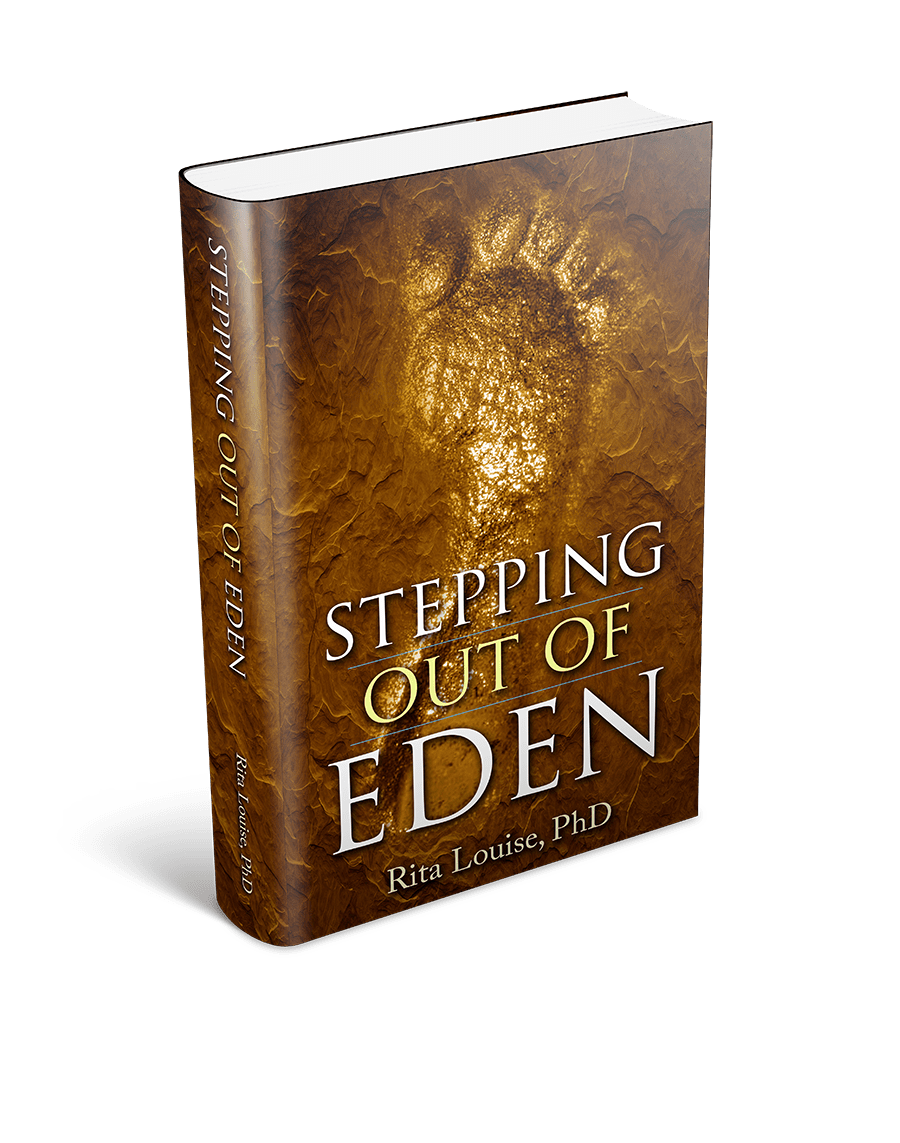Why Was Göbekli Tepe Buried? Revealing Insights!
Located at the highest point of the Germus range in the southeastern Anatolia region of Turkey is the mysterious site of Göbekli Tepe. Excavations at Göbekli Tepe commenced in 1995 after German archaeologist Klaus Schmidt realized what was thought to be a Byzantine cemetery was actually a prehistoric site. Schmidt quickly unearthed a number of T-shaped pillars, which set the archeological world ablaze. It was not only the discovery of this ancient massive and magnificent location but also what researchers determined to be the period of its construction. Samples taken placed the earliest parts of the edifice during the Pre-Pottery Neolithic A Period some 12,000 years ago.
Excavations and geomagnetic results of this mountain top complex have revealed at least 20 circular structures. The enclosures all appear to have similar design elements. In the center of each circle stand two monumental t-shaped pillars. They are surrounded by a series of smaller t-shaped limestone pillars that radiate out from the center of each circular chamber and stand against or near a low retaining wall, made up of unworked hewn stones. The pillars vary in height from 3 to 6 meters and weigh between 40 to 60 tons. Many of them are decorated with pictograms and carvings of animals including lions, bulls, boars, foxes, gazelles, donkeys, snakes, insects, and birds. Included among these carvings are several in which anthropomorphic human figures are depicted. The floors of these enclosures are terrazzo, a mixture of burnt lime and clay that is polished.
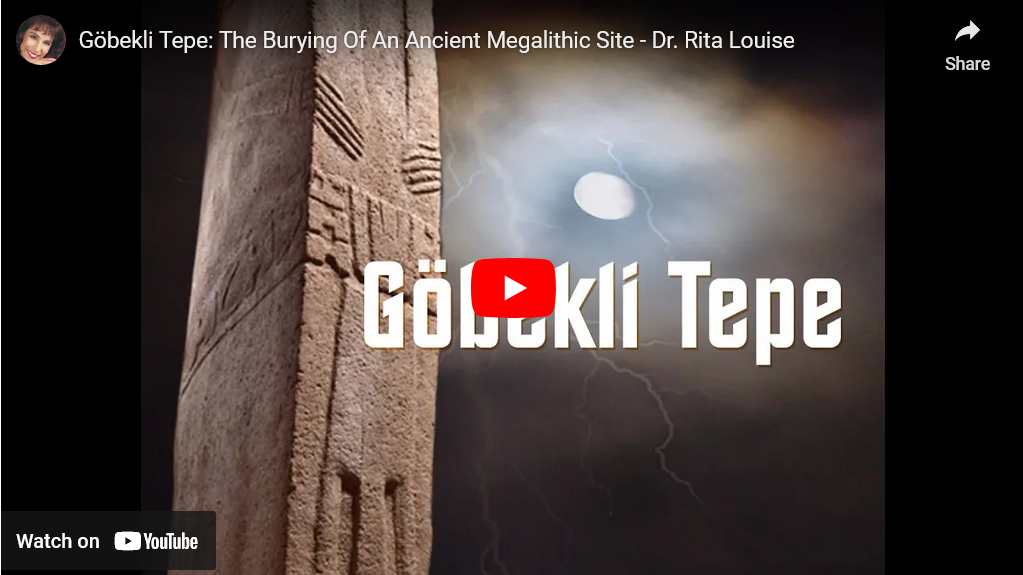
History Does Not Reveal How Göbekli Tepe Was Constructed
The discovery of Göbekli Tepe perplexed archaeologists. How could a group of hunter/gatherers construct such a complex monument? Smaller structures that demonstrated an advancing progression toward this overwhelming achievement are absent from the archeological record. What also confounds them is the realization that the most complex, ornate portions of this unique site are the oldest. Sections that date to later periods of construction show a significant deterioration to the quality of design and artisanship when compared to earlier portions.
Investigations into Göbekli Tepe have primarily focused on why the complex was initially constructed. Was it a ritualistic center? An astronomical observatory? Or something more? They yearn to explain how our ancestors were able to accomplish such a grandiose feat of architecture and engineering. They seek to reveal the secrets held in the mysterious carving found on the upright pillars. The answers, like all that has been found at this unique location, have been obscure.
The Riddle Of Göbekli Tepe
The riddle that surrounds Göbekli Tepe does not end there. Around 8,000 BCE Göbekli Tepe was intentionally buried. Why would our forefathers, after creating such an elaborate complex, decide to backfill it? The reason eludes investigators. Some believe it was covered to preserve it for future generations. Others contend that an outside group with a different belief system invaded the region. This new group hid the site to facilitate the purging of old religious beliefs.
These conjectures may explain why the twenty-two acres that make up the complex were hidden under a mixture of stone tools, animal bones and flint gravel. To unravel why the entire construction was entombed it is important to understand the hearts and minds of our ancestors. What was the world like for our forbearers? What did they believe in, fear or revere? A concept that was pervasive in antiquity that easily explains why Göbekli Tepe was covered up was because the entire complex may have been considered “taboo”.
Göbekli Tepe & Taboos
Taboo (tabu/tapu) is a Polynesian word that is associated with a person, place or thing that is prohibited or banned. Something can be considered too sacred and thus taboo. It can also be seen as being too accursed that it is excluded, separated or forbidden. The consequence of interacting with a forbidden item is the threat of supernatural punishment.
The concept of items being prohibited is not limited to Polynesia. The banning of an item in ancient and indigenous cultures is universal. It is only in our current society that the implication of the word taboo has changed. The deeply held belief in divine intervention and retribution often associated with something illicit has been abandoned. We use the word taboo in contemporary vernacular to identify something that is deemed improper, unacceptable or objectionable by society in general. Other than social scorn, the penalties previously tied to something forbidden are no longer applied.
Taboos In Modern Time
Many things in today’s social climate are seen as being aberrant and are deemed taboo. Worldwide there are rules that prohibit sexual intercourse (incest) between different degrees of kinship. Cannibalism, or the practice of consuming human flesh, still is considered sacrilegious. The same holds true for necrophilia, the sleeping or having sexual relations with a dead person. It has only been in very recent times that our view towards inter-racial, inter-religious or homosexual unions has changed, moving them from being taboo to having varied levels of social acceptability.
Ancient taboos have survived into modern times in many cultures. They are prevalent in Judaism where a large number of prohibitions are still observed by conservative Jews. The consumption of animals that have cloven hooves and chews its cud is permitted in this religious tradition. Camels, rabbit and pork, none of which have both of these qualities, are forbidden. Shellfish, such as lobsters, oysters, shrimp, clams and crabs are all prohibited. Any product that is derived from these forbidden animals, such as their milk, eggs, fat, or organs also cannot be eaten. The Torah bans the consumption of blood. It also forbids eating meat and dairy together.
These prohibitions also extend to the pots, pans, plates and utensils used to cook and eat the food. If a pot or pan, for example, is used to cook meat and then later used to heat milk, it is believed that meat and milk have just been mixed (basar bechalav) and the forbidden status has now been transmitted to the pan, taking away its proper, “kosher” status. The pan is now taboo.
The Power Of Taboos In Antiquity
A vast number of things were universally prohibited in antiquity and included touching or coming in contact with a corpse. This rendered the mourners and anyone else involved with the passing of an individual impure. The house the deceased live in, in some cultures, was torn down, burned with all of his or her possessions inside or deserted, never to be used again. Menstruating woman were perceived as being unclean and contact with them was forbidden. Women, during their cycle, were quarantined to prevent contaminating other members of society. To mitigate exposure, huts or tents were erected on the edge of the village and women during this period were required to spend their time in them. Touching a woman during this interval, an item she touched, sat or laid upon would contaminate the other person.
Taboos ruled the lives of our predecessors. Their belief in their power was commanding. There was a mysterious and dangerous quality to them. A person who was exposed to something that was prohibited was perceived as being infected. The infection they carried was communicable and life threatening. The taboo, like a rampant virus, would infect anyone the contagious individual encountered. Instead of worrying about the aches and pains of a physical malady, they dreaded the retribution of the gods for transgressing a divine command. Stories have emerged of individuals getting sick and dying after being infected by this powerful charm. These stories, like fairy tales, further supported the power taboos held over a community.
Ritual Purification
Once something was deemed improper or unclean it was only by means of cleansing and ritual purification that its taboo status could be lifted. The use of water as a vehicle of purification is consistent in most cultures. The act of washing, whether water is sprinkled on the body, the hands and face are washed or the entire body is immersed, seems widespread in eliminating ones unclean or improper status. Fasting, praying, animal sacrifices and smudging were also methods employed to remove specific taboos.
Holy Items Were Inherently Taboo
Not everything that was “unclean” was considered taboo. Things that were holy fell into this category, rendering persons, places or things prohibited as well. It is easy to imagine the perceived toxicity of something that is conceived of as being unclean. It is hard for us to envision how contact with something that is holy would produce the same result. Sacred items in antiquity were believed to belong to the gods and were forbidden to man. They were to be avoided, kept away from and not touched. They were only accessible to a select few. These ordained individuals fasted and purified themselves prior to contact with the divine.
Hallowed items followed the same rules as unclean ones. Blood, with the exception of menstrual blood, was inherently viewed as being sacred. It was the essence of life. This included human blood as well as animal blood. It was not to be touched and as we learn from Jewish tradition consumed. Anything that blood fell upon was rendered taboo making it unusable for common purposes.
Blood Was Inherently Taboo In Antiquity
This prohibition extended to the individual who shed the blood. Priests and holy men who performed ritual sacrifice were uniquely qualified to interact with this holy liquid. Animals were not hunted, caught and killed in the irreverent way they are today. Rituals were performed before the hunt began as well as when the animals were slaughtered and butchered. There was a deep respect for the animal and its role in their lives. The gods were thanked after a successful hunt and the spirit of the animal praised for being willing to participate in their success.
Certain animals (totem animals) were especially revered because they were associated with a god or the presence of a god. They were not to be killed unless it was part of a ritual sacrifice. The Hindu text the Manu smṛti, or Laws of Manu, describes what foods were deemed lawful and those that were forbidden in Indian culture. Eating meat was acceptable if it was done while honoring the gods. Manu emphasizes that killing an animal for rituals was “non-killing” and acceptable. On the other hand, if the slaughtering was not in accordance the correct Vedic practice the individual would sink into the depths of hell.
Many cultures required the consumption of the entire ritually sacrificed animal within a prescribed period. The parts of the animal that were left over, because of their sanctified nature, were burned, buried or otherwise carefully disposed of. This eliminated the possibility of accidentally coming into contact with something sacred.
The Gods Of Antiquity Were Taboo
A god or other supernatural being was inherently taboo. Rulers around the world were similarly regarded. They were perceived to be divine or semi-divine. The rules associated with the gods applied to their earthly emissaries. When a god was exposed to an object, the object could no longer be used in everyday “ordinary” life. It was forbidden in some cultures to look upon a god. Similarly, if he looked at you, you, your clothes and all that you possessed in that moment were instantly affected.
The names of the gods were never spoken. We see this reflected in Jewish tradition where uttering God’s name (יהוה – YHVH) is prohibited. The word Adonai (“my Lord”) or HaShem” (“the Name”) is often substituted to keep from violating this restriction. And like Moses who removed his sandals when he encountered God on Mount Sinai, it was common practice in many cultures to remove their shoes when walking on sacred ground lest their sandals become transformed. Contact with hallowed ground would have made their shoes unusable for everyday living. Priests and other individuals, who regularly were exposed to the divine, often wore special garments that were reserved for that purpose.
Exodus 28: 43
They shall be worn by Aaron and by his sons when they enter the Tent of Meeting or when they approach the altar to serve in the Holy, so they will not bear iniquity and die. It shall be a perpetual statute for him and for his descendants after him.
A god, or his human counterpart, could not be touched; his possessions could not be handled. Likewise, if he touched you or something that belonged to you, its status was instantly changed. The rules of taboo included their home and anything in it. If a divine agent entered someone’s home, their home became sanctified and no one else could go into it or use it. Even the ground a divinity walked upon was deemed holy. Their fear of unintentionally coming into contact with something sacred was so powerful that it became custom in many regions to carry the god-king upon a littler so his feet did not touch the ground.
Why Göbekli Tepe Was Buried
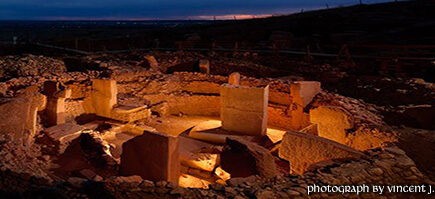
This brings us back to Göbekli Tepe and why it was entombed. No written record exists attesting to the grandeur of Göbekli Tepe. There are no stories, myths or legends referring to it. The site and its inhabitants have been forgotten, lost in time. Yet the magnificence that has been unearthed on this remote, mountain top testifies to a people, a culture or a god that defies history and with all of is luster it was buried, hidden under tons of debris for 10,000 years.
Scholars suggest that the region had been invaded by an outside culture. Their goal in concealing the complex was to purge the indigenous people of their old religious beliefs. If this were the case, the site could have been destroyed. The massive t-shaped pillars could have been knocked over, the enclosing structures dismantled and the delicate stone carvings defaced. This is not what was found. The entire complex was in virtually pristine condition. The stones used to construct it were undisturbed, as if it had been preserved in a time capsule, only to be unearthed later.
The sheer effort it took to inter this location suggests something else. It indicates that something bigger, more important was at stake for the local residents. Individuals who are diagnosed with a highly contagious disease are immediately put under quarantine. If the threat of a pandemic were perceived, drastic measures would be taken to contain it. Would we use nuclear weapons or something worse to eradicate the potential spread of a communicable virus? Stepping into the hearts and minds of our ancestors, did the people who lived in the Germus range in southeastern Turkey find themselves in a similar situation?
Ancient Custom Holds The Secret To Göbekli Tepe
Ancient customs suggests that when an individual died it was commonplace to abandon, desert or destroy his or her home. It was also a widespread practice to avoid contact with sacred places. This included walking on holy ground. Likewise, if the stones used to construct the site were utilized somewhere else their infectious nature would follow. Their obsession over potential contamination may have been so intense that they may have believed they risked divine retribution if a particle of dust from this grand and mysterious site were to blow down from its mountain perch and land on their soil.
Could the inhabitants, from the region surrounding Göbekli Tepe, considered this location so holy, so sacred that when its resident left or died it was decided to bury it and avoid accidental exposure? Were they saving themselves from potentially spreading a rampant taboo through their society and its associated punishment? Taken as a whole, it seems clear that the people of the region inhumed the entire complex to save themselves from the wrath of gods and their own potential demise.
© Copyright Rita Louise, Inc. – soulhealer.com. All rights reserved.
Learn more about this and other weird body modifications that ancient people around the world practiced in my book Stepping Out Of Eden. Order your copy Today!

